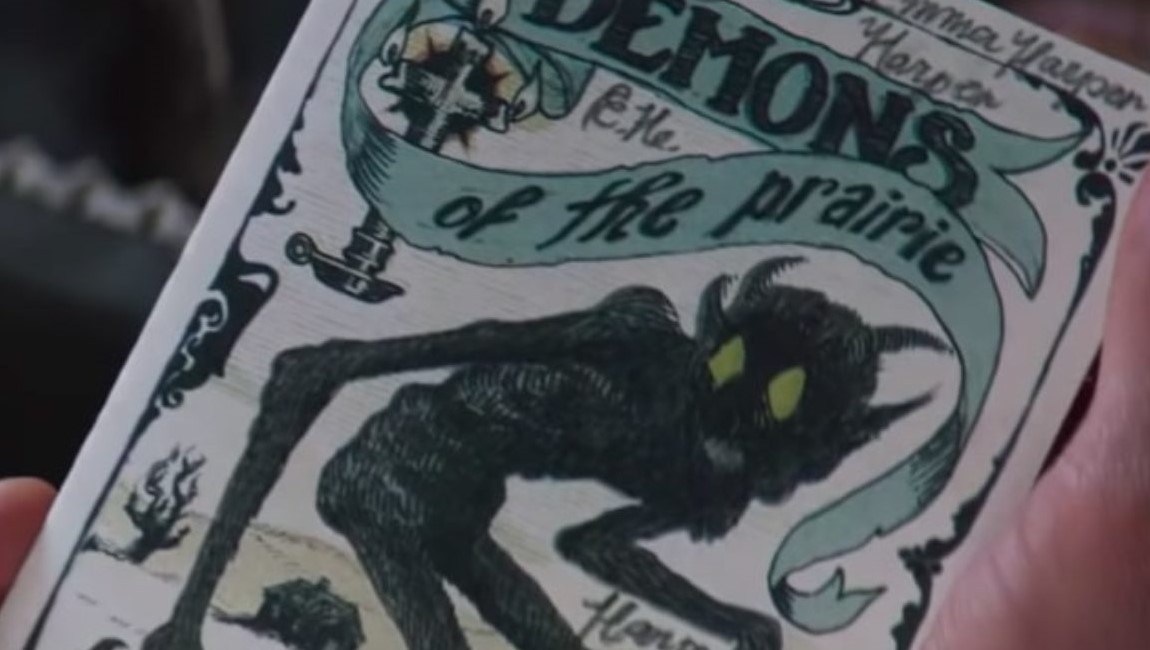Real heads know that the truly exciting martial arts movie sequel coming out this week is not Keanu Reeves vehicle John Wick 4, but actress Veronica Ngô’s straight-to-Netflix follow-up to her hit 2019 starrer, Furie. It’s fun to think that Ngô just walked into the Netflix offices and wrote “FURIE” on the whiteboard, and then added an “S.” (or $). With Lê Văn Kiệt (the director of the original film) busy with last year’s English-language The Princess, Ngô herself (billed as Ngô Thanh Vân) takes over as director. She also acts again, this time playing Jacqueline, the head woman in charge of a crew of lost women whom she trains up in the deadly martial arts in order to take down a ring of sex traffickers and drug dealers. Đồng Ánh Quỳnh takes the lead role as Bi, who may be a young version of the character Ngô played in the first film (it’s not really clear, but all the press for Furies calls this a prequel). We meet Bi early on and get a flashback to her horrific childhood: a prostitute mother who is abused by men, rape and murder to follow, leading to years on the streets, committing petty crimes, and fighting off further sexual assaults. Bi joins Jacqueline’s crew, made up of two other young women, Hong and Thanh (Rima Thanh Vy and Tóc Thiên, respectively) with similar backgrounds. They form a makeshift family and take part in a training montage. Then things really get rolling.
The action, choreographed by Samuel Kefi Abrikh (who also did both Furie and The Princess), is swift and brutal, emphasizing quick punches and twists, stabs and pistol shots. While it doesn’t boast the intricacy of Furie, it makes up for it with scale: lots and lots of men are killed in this movie. Ngô films it all with style to spare, keeping the focus on the actors’ and stunt performers’ movements while cutting it all together in a kinetic style that matches the pounding electronic score and psychedelic lighting of the first film (almost every scene is awash in some kind of colorful illumination: pink, green, purple, red, or blue). Computer effects are mercifully rare, but for one uncanny motorcycle chase sequence where two women are pursued by a gang of men; the humans and the bikes appear to be real, but the environments they’re ostensibly speeding through are obviously fake. It all looks like something out of Speed Racer, right up until one of the men gets smacked in the head by what should have been a CGI sign. From there on, the sequence freely mixes the faux and the real, in one of the few bits of action whimsy in an otherwise deadly serious film.
But as good as all that action is, what’s most interesting about Furies is the way the film interrogates the rape-revenge genre. Jacqueline rescues her girls from the predations of evil men, and instills in them the skills necessary to take revenge on the kinds of people who abused them, while also preventing those terrible men from inflicting similar harm on other young women. It’s a feminist superhero team, dedicated to protecting the innocent with righteous violence. True to the rape-revenge genre’s exploitation roots, we see a lot of violence against women, only for that horror to be cathartically released when even greater violence is inflicted upon the abusers. But Bi never feels that catharsis — in fact, the infliction of bloody mayhem only seems to deepen her trauma, sending her into a kind of dissociative state after she kills for the first time. Her friends help her out and convince her that they’re on the right path, though she begins to have doubts about all of this, as well as Jacqueline’s motives. She’s known only cruelty and degradation in her life, but her friendships, as well as her memory of her mother, give her a glimpse of another kind of human relationship. Revenge may be satisfying (though not for Bi), but it also merely continues the cycle of violence. In the same way, a genre that is in many ways about female empowerment relies, to an often uncomfortable extent, on images of violence visited upon women.
Ngô navigates this conundrum in a fascinating way by casting herself, the director/star/producer/screenwriter, as the character who assembles the revenge crew, but also (*Spoiler Alert*) as the film’s ultimate villain. Jacqueline, it turns out, is merely using the language of feminine empowerment to get the (wo)manpower necessary to revenge herself on the gangster who murdered her husband and son. The auteur of the film is thus the architect — both literally and within the world of the film itself — of almost all the violence we see. She didn’t cause the young women’s initial traumas, of course, any more than a filmmaker can be responsible for the state of the wider world. But her actions in response to that trauma only serve to perpetuate the kind of destruction and loss that creates so many lost souls, and as such, Ngô seems to be suggesting that films like this, which under one reading are feminist texts, ultimately only serve to feed the culture of violence, and violence against women in particular.
It’s a fascinating kind of self-critique, albeit one that is in turn undermined by the fact that one of the men prominently involved in the production, serving as producer as well as helping with the English subtitles, is former Weinstein associate and accused sex pest Bey Logan, a man so odious that boutique label 88 Films recently had to back down in the face of a boycott after rumors spread that they were going to hire him for some upcoming special features. It’s a truly baffling decision for an otherwise thoughtful and self-aware film and filmmaker.
Published as part of InRO Weekly — Volume 1, Issue 11.







